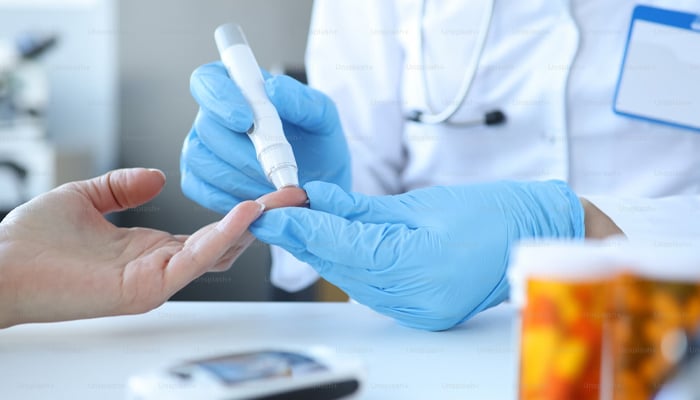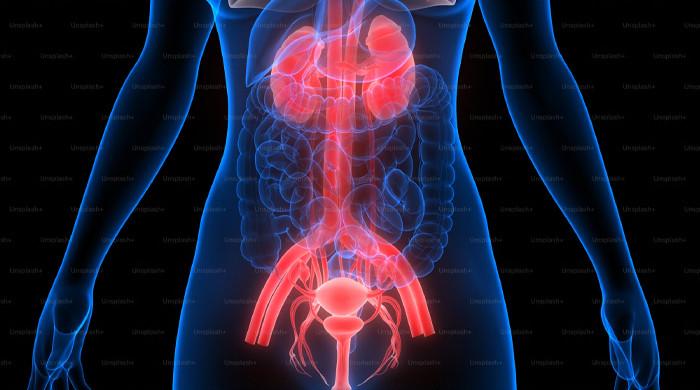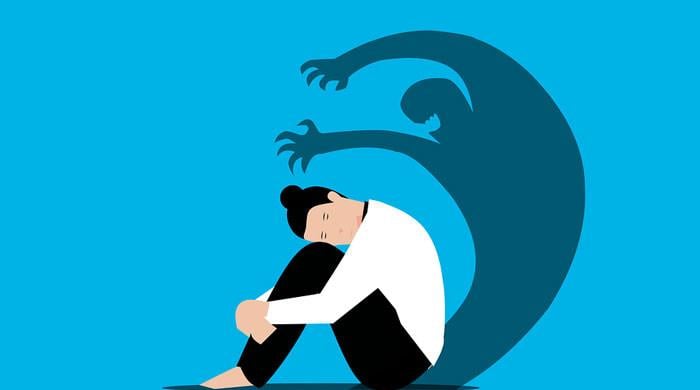An easy complete guide to understanding type 1 diabetes
Here is a comprehensive layout of what you need to know about type 1 diabetes
March 18, 2024

Introduction to Diabetes:
Diabetes mellitus or simply diabetes is a chronic disorder where a person’s body either does not produce insulin or loses the ability to utilize it adequately.
Insulin is one of the major hormones of your endocrine system that regulates blood sugar levels by converting extra glucose into glycogen, for storage and later use.
According to the International Diabetes Federation, 10.5% of the adult population, approximately 463 million people, have been suffering from diabetes in 2021.
Diabetes has two different classes on the basis of insulin production and its uptake. Type 1 and Type 2 diabetes mellitus.
Type 2 diabetes is the more common disorder prevailing amongst people as their body loses the ability to utilize the insulin produced in order to control sugar levels in the blood.
Meanwhile, in type 1 diabetes, your body’s pancreas, produce little to no insulin to begin with.
About Type 1 diabetes:
Type 1 diabetes is called insulin-dependent or juvenile diabetes, as it may be diagnosed at a very young age due to its leading cause being genetics.
It is less common in comparison to type 2 as only 5-10% of the total population with diabetes suffer from type 1.
Type 1 diabetes causes:
This class of diabetes is believed to be an autoimmune reaction of the body. As a result, your system ends up destroying the pancreatic cells called beta cells, responsible for insulin production.
Type 1 is usually genetic and its symptoms can show either at a very early age or may be triggered by external environmental factors later on.
Type 1 diabetes symptoms:
Even though symptoms of type 1 diabetes can take months or years to show, some common signs to watch out for are:
- Feeling more thirsty than usual
- Abnormally increased hunger
- Constant urination
- Significant weight loss
- Increased mood swings
- Blurry vision
- Lethargy and weakness
Managing Type 1 diabetes:
Unlike other disease, diabetes is managed mainly by you along with professional help from health experts.
To keep your blood sugar levels under control when suffering from type 1 diabetes it is important to take your insulin shot or wear your insulin pump, daily, as instructed by your doctor.
Along with insulin intake, it is important to maintain a healthy lifestyle which includes staying physically active through exercise and consuming a balanced diet.
Complications with Type 1 diabetes:
Two conditions that can cause complications in your diabetic condition are hypoglycemia and diabetic ketoacidosis.
Hypoglycemia is when your blood sugar level drop below the normal level which could occur either due to prolonged hunger or overconsumption of insulin.
Minor decrease in sugar levels can easily be controlled through eating properly however a constant condition of hypoglycemia needs to be reported to your doctor.
Meanwhile diabetic ketoacidosis or DKA is a rather serious condition in contrast to hypoglycemia. It is a life-threatening situation where your body does not have insulin to let sugar into your cells.
DKA is a result of very high sugar levels and very low insulin levels simultaneously which occur due to either an illness or constant forgetfulness of your insulin shot.
If you are diabetic and experience either constant low or high blood sugar levels, immediate medical consultation is advised.
Type 1 diabetes is a disorder that cannot be prevented from occurring, however, despite being diabetic, it is very easy to manage and live a normal life by taking care of yourself and following the advices of a medical professional.









